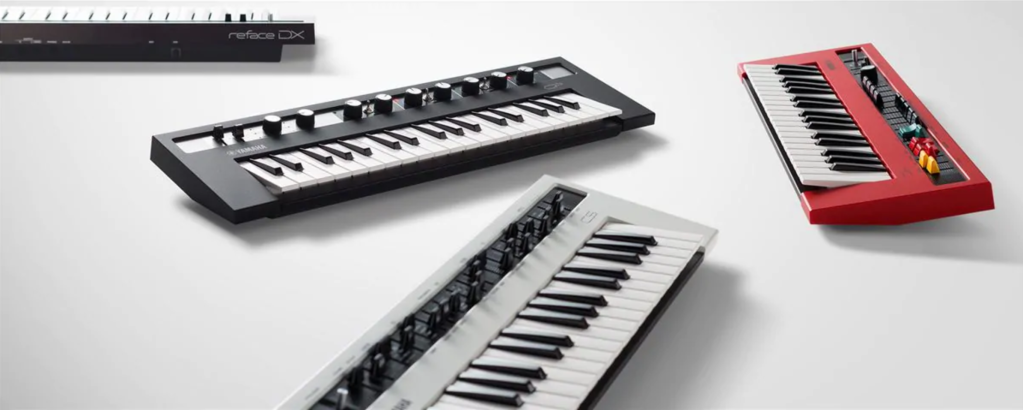Few instruments influenced the music of the 1980s as profoundly as the Yamaha DX7. Depeche Mode, New Order, Tears For Fears, Kenny Loggins, the Pet Shop Boys and Hall and Oates – all were assisted by a DX7 in delivering their biggest hits. Wham!, Tina Turner and Whitney Houston likewise. And, while the humble device may not be as proud to admit it, the DX7 can also claim credit for era-defining one-hit wonders ‘The Final Countdown’ and ‘Take on…

The festival landscape has undergone major upheaval in the last three years, and Covid’s long-term impact on the music industry…











